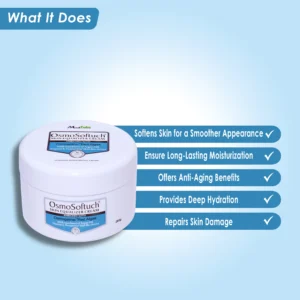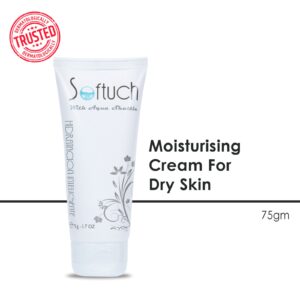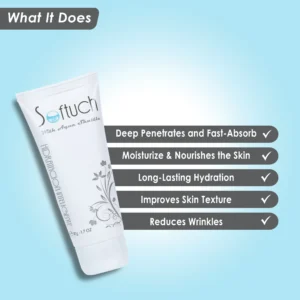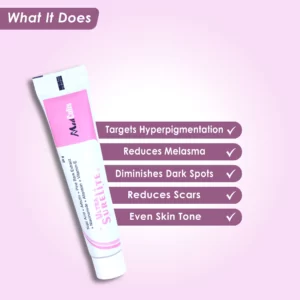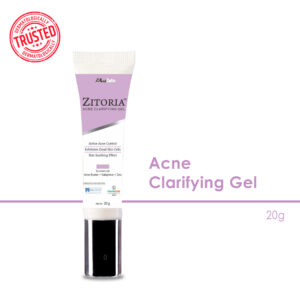The Risks and Realities of DIY Skincare: A Guide to Making Informed Choices

The Risks and Realities of DIY Skincare: A Guide to Making Informed Choices
DIY Skincare: Risks, Realities, and Informed Choices
Discover the potential drawbacks and risks of DIY skincare, from pH imbalance to bacterial contamination. Learn how to make informed choices for healthier skin and understand the importance of quality ingredients and professional guidance.
Introduction
The attraction of DIY skincare is undeniable. From the satisfaction of crafting your products to the promise of natural ingredients, it’s easy to see why many are drawn to this trend. However, behind the excitement lies a world of potential drawbacks and risks that must be carefully considered.
Understanding the Risks Diy Skincare
Impact on Skin pH and Moisture Barrier
-
Coconut Oil and Sugar Scrub
While coconut oil and sugar scrubs may seem like a luxurious treat for the skin, they disrupt the skin’s pH balance and compromise its moisture barrier. The rough texture of sugar causes micro-tears in the skin, leading to irritation and inflammation.
-
Lemon Juice: pH Imbalance and Potential Damage
Lemon juice, often found as a natural brightening agent, is highly acidic and disrupts the skin’s pH balance, leading to redness, irritation, and even chemical burns
Lack of Control Over Ingredient Quality
-
Comparison with Pharmaceutical-Grade Ingredients
Unlike commercial best skin care products that adhere to strict quality standards, DIY skincare lacks the oversight necessary to ensure the purity and potency of ingredients. This results in ineffective or even harmful formulations.
-
Importance of Ingredient Sourcing and Concentration
The quality of DIY’s best skin care products is heavily dependent on the sourcing of ingredients and their concentration in the final product. Without proper knowledge and research, one might use unsafe ingredients unknowingly.
Shelf Stability and Bacterial Contamination
-
Role of Preservatives in Commercial Skincare
Commercial best skin care products contain preservatives to prevent bacterial growth and maintain shelf stability. DIY formulations, especially those using natural ingredients like eggs and yoghurt, lack these preservatives, making them susceptible to bacterial contamination.
-
Perishability of Natural Ingredients like Eggs and Yogurt
Natural ingredients have a limited shelf life and spoil quickly, increasing the risk of bacterial contamination and skin irritation.
The Myth of “Natural” Skincare
Definition of “Natural” in Skincare
The term “natural” in skincare is often ambiguous and can be misleading, leading consumers to believe that natural ingredients are inherently safer or more effective than synthetic alternatives.
Misconceptions about Natural Ingredients vs. Synthetic Alternatives
-
Importance of Processing for Safety
Natural ingredients undergo minimal processing, which leads to variability in their efficacy and safety. Synthetic alternatives, on the other hand, undergo rigorous testing and standardization to ensure consistency and safety.
-
Example: Poison Ivy vs. Lab-Made Ingredients
The misconception that natural ingredients are always safe is debunked by examples like poison ivy, which is a natural substance that causes severe allergic reactions. In contrast, lab-made ingredients undergo thorough safety assessments before being used in the best skin care products
Skincare Isn’t One-Size-Fits-All
Understanding Individual Skin Types and Sensitivities
Every individual has unique skin concerns, sensitivities, and needs that must be taken into account when formulating a skincare routine.
Importance of Research and Informed Decision-Making
Making informed skincare choices requires research, critical thinking, and a willingness to question popular trends and myths.
Accountability in Skincare Brands
Skincare brands are responsible for providing accurate information about their products and ensuring their safety and efficacy.
Conclusion
In conclusion, while DIY skincare may seem appealing, it comes with significant risks and limitations that must be carefully considered. By understanding the potential drawbacks and realities of DIY skincare, consumers can make informed choices that prioritize the health and well-being of their skin. Remember, when in doubt, seek professional guidance and always prioritize safety.
















